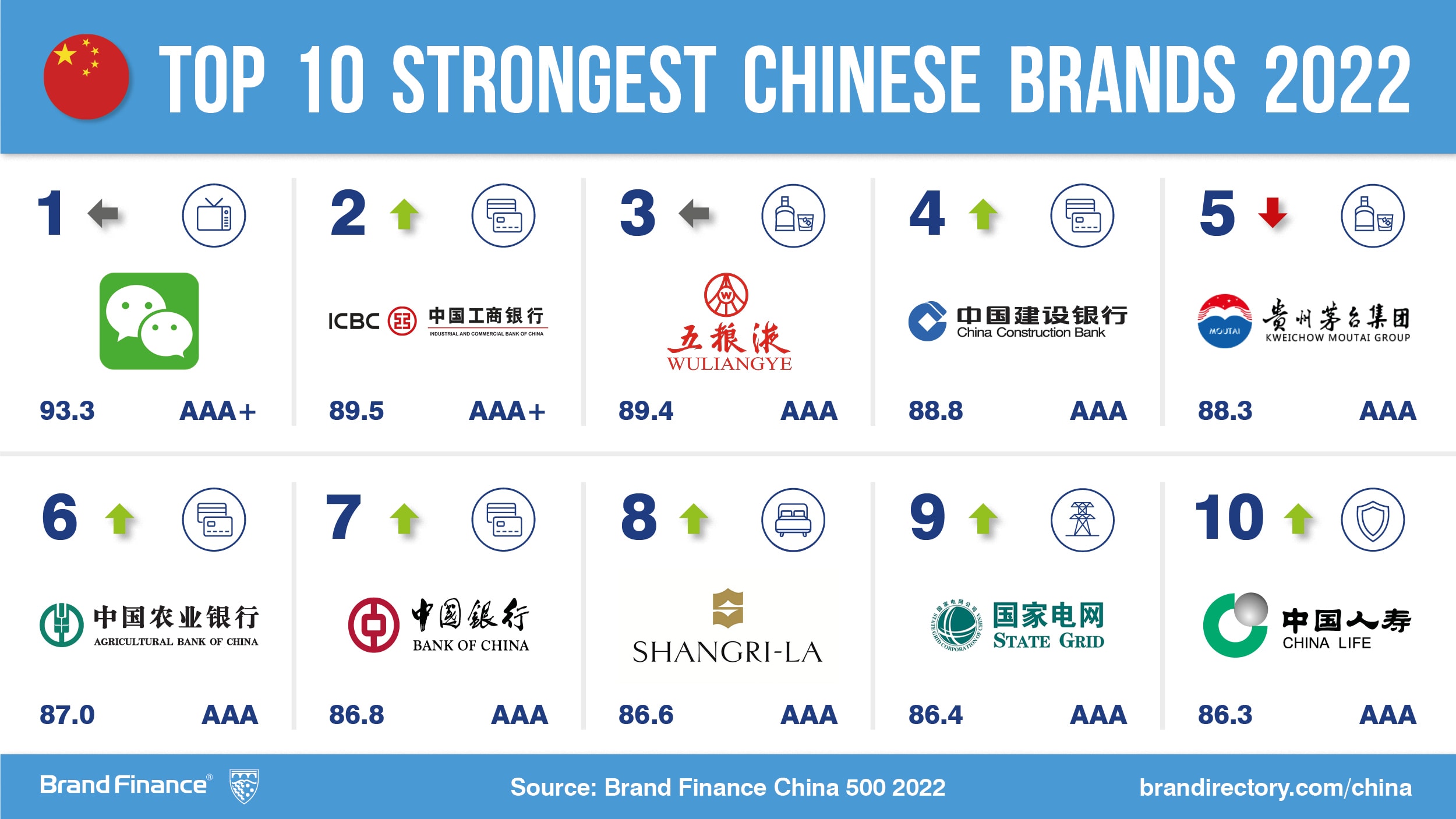The Chinese Automotive Market: Challenges And Opportunities For Global Brands Like BMW And Porsche

Table of Contents
Challenges Facing Global Brands in the Chinese Automotive Market
Successfully penetrating the Chinese automotive market requires careful consideration of several significant challenges. Foreign brands face intense competition, complex regulations, and unique cultural nuances.
Intense Domestic Competition
The Chinese automotive industry is experiencing explosive growth, fueled by innovative domestic players. Fierce rivalry from established and rapidly growing Chinese automakers like BYD, NIO, and Xpeng presents a formidable challenge. These companies are not only focusing on traditional internal combustion engine (ICE) vehicles but are also leading the charge in technological innovation, particularly in electric vehicles (EVs) and autonomous driving features.
- Aggressive Pricing: Chinese brands often adopt aggressive pricing strategies, undercutting established international players in various market segments.
- Localized Marketing: They excel at crafting targeted marketing campaigns that resonate deeply with Chinese consumer preferences.
- Specific Examples: BYD's success in the EV segment and its competitive pricing have significantly impacted the market share of some international brands. NIO's focus on premium EVs and its innovative battery-swapping technology has attracted a significant customer base.
Navigating Complex Regulations and Bureaucracy
The Chinese government has implemented stringent regulations to control emissions, ensure safety, and protect domestic industries. Navigating these regulations is a significant hurdle for foreign automakers.
- Stringent Emission Standards: China's increasingly strict emission standards require substantial investment in research and development to comply.
- Import Tariffs and Trade Policies: Complex import tariffs and fluctuating trade policies can significantly increase the cost of doing business.
- Bureaucratic Hurdles: Obtaining necessary licenses and approvals can be a lengthy and complex process, delaying market entry and expansion.
- Example: The recent tightening of regulations concerning battery safety and manufacturing has increased the cost and complexity of EV production for foreign brands.
Cultural and Consumer Preferences
Understanding the diverse regional preferences and consumer behaviors within China is paramount. The Chinese automotive market is not homogenous; consumer preferences vary significantly across regions and demographics.
- Technological Advancements: Chinese consumers increasingly prioritize technologically advanced features, such as advanced driver-assistance systems (ADAS) and connected car technologies.
- Marketing Adaptations: Marketing campaigns must be tailored to resonate with specific cultural values and preferences. A successful strategy in one region may fail in another.
- Example: Luxury brands that successfully integrate Chinese cultural elements into their marketing and product design tend to perform better.
Supply Chain Disruptions and Geopolitical Factors
The global nature of automotive supply chains makes them vulnerable to various disruptions. Geopolitical tensions and trade disputes can significantly impact production and distribution.
- Global Supply Chain Dependence: Many foreign automakers rely heavily on global supply chains for parts and components, making them susceptible to disruptions.
- Geopolitical Risks: Trade wars, political instability, and other geopolitical factors can significantly impact the cost and availability of essential components.
- Example: The recent semiconductor shortage highlighted the vulnerability of global supply chains and significantly impacted automotive production worldwide, including in China.
Opportunities for Growth in the Chinese Automotive Market
Despite the challenges, the Chinese automotive market presents significant opportunities for growth, particularly in the burgeoning EV market and the luxury segment.
The Booming EV Market
China is leading the global transition to electric vehicles. Government incentives, growing environmental awareness, and rapid technological advancements are fueling explosive growth in the EV sector.
- Government Incentives: Substantial government subsidies and tax breaks are driving the adoption of EVs.
- Partnership Opportunities: Collaboration with Chinese EV startups and technology companies provides access to local expertise and innovation.
- Charging Infrastructure: The rapid expansion of charging infrastructure further supports the growth of the EV market.
- Growth Trajectory: The Chinese EV market is expected to continue its rapid expansion in the coming years, presenting significant opportunities for foreign automakers.
Luxury Car Segment Growth
China's burgeoning middle class and rising affluence are driving demand for luxury vehicles. This presents a significant opportunity for premium brands like BMW and Porsche.
- Rising Affluence: The growing number of high-net-worth individuals in China is creating a significant market for luxury cars.
- Brand Building: Success requires a strong emphasis on brand building and creating a luxury experience tailored to Chinese consumer preferences.
- Growth Projections: The luxury car segment in China is experiencing significant growth, outpacing the overall market.
Technological Advancements and Innovation
China's commitment to technological innovation is creating opportunities for collaboration and the development of cutting-edge automotive technologies.
- Autonomous Driving: The development and adoption of autonomous driving technologies is rapidly progressing in China, creating opportunities for innovation and collaboration.
- Connected Car Features: Chinese consumers highly value connected car features, creating a demand for advanced infotainment systems and connectivity solutions.
- Technological Partnerships: Collaborating with Chinese technology companies can accelerate innovation and provide access to cutting-edge technologies.
Expanding into Lower-Tier Cities
Lower-tier cities and rural areas represent a vast untapped market potential. Reaching these consumers requires adjusting strategies to suit local needs and preferences.
- Untapped Potential: Significant market potential exists in smaller cities and rural areas, which are often underserved by international brands.
- Targeted Strategies: Successful penetration requires tailored marketing campaigns and product offerings suited to the specific needs and preferences of consumers in these regions.
- Pricing Strategies: Competitive pricing strategies are often crucial for success in lower-tier cities.
Conclusion
The Chinese automotive market represents both significant challenges and exciting opportunities for global brands. While intense competition, regulatory complexities, and cultural nuances present obstacles, the booming EV sector, growth in the luxury segment, and technological advancements offer considerable potential for expansion. To succeed, international players like BMW and Porsche must adopt a nuanced approach, focusing on localization, technological innovation, and a deep understanding of the unique demands of the Chinese consumer. Understanding and strategically navigating the Chinese automotive market is crucial for long-term success in this vital global market. Start planning your strategy today to capitalize on the immense potential of this dynamic market.

Featured Posts
-
 The Bold And The Beautiful Two Weeks Of Intense Drama What To Expect
Apr 24, 2025
The Bold And The Beautiful Two Weeks Of Intense Drama What To Expect
Apr 24, 2025 -
 Analyzing The India Market Whats Driving The Niftys Rise
Apr 24, 2025
Analyzing The India Market Whats Driving The Niftys Rise
Apr 24, 2025 -
 At And T Challenges Broadcoms Extreme Price Increase On V Mware
Apr 24, 2025
At And T Challenges Broadcoms Extreme Price Increase On V Mware
Apr 24, 2025 -
 Tyler Herro Wins Nba 3 Point Contest Defeats Buddy Hield
Apr 24, 2025
Tyler Herro Wins Nba 3 Point Contest Defeats Buddy Hield
Apr 24, 2025 -
 Increased Fundraising Efforts At Elite Universities A Response To Political Pressure
Apr 24, 2025
Increased Fundraising Efforts At Elite Universities A Response To Political Pressure
Apr 24, 2025
